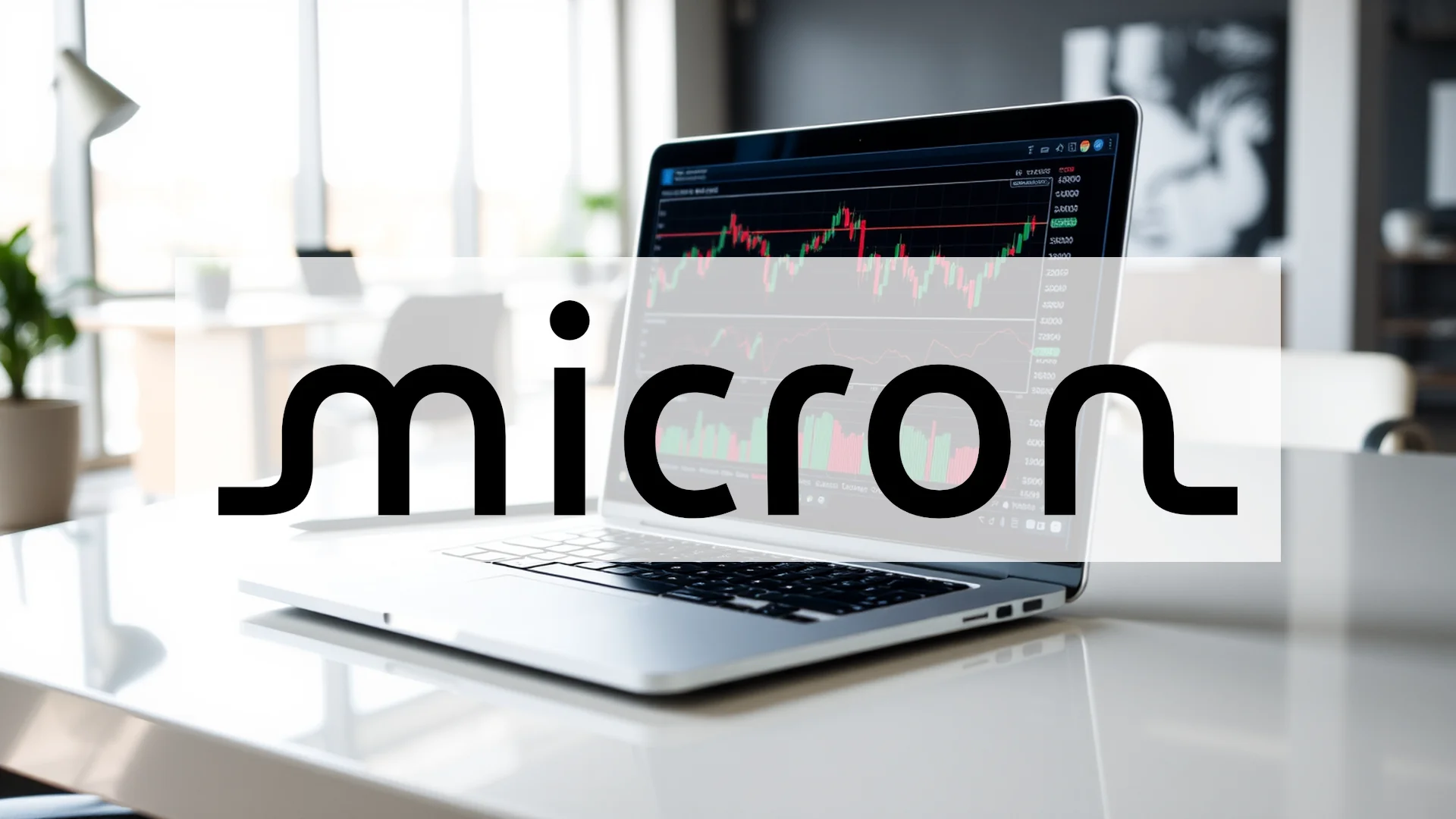As cryptocurrency markets experienced significant turbulence, Coinbase shares mirrored the sector-wide decline, dropping nearly 6% during the recent sell-off period. The company finds itself navigating challenging market conditions while simultaneously executing an unexpected strategic shift away from pure dependence on digital currency volatility.
Market Pressures and Financial Impact
The broader digital asset landscape witnessed staggering losses ranging between $160 billion and $300 billion in market capitalization within just days. Major cryptocurrencies faced substantial pressure, with Bitcoin retreating from its August peaks and Ethereum falling below the psychologically significant $4,000 threshold. This downward spiral triggered widespread liquidations of leveraged positions, creating a self-reinforcing cycle that accelerated the decline.
For Coinbase, whose revenue remains closely tied to trading activity, such market conditions present clear challenges. Periods of price depreciation and market uncertainty traditionally correlate with reduced transaction volumes, directly impacting the company’s financial performance. The nearly 6% share price decline reflects this fundamental relationship between trading platform revenues and broader market dynamics.
Strategic Diversification Efforts
Despite current headwinds, Coinbase is demonstrating strategic agility through its expansion into cryptocurrency-backed lending services. The company recently provided Semler Scientific, a publicly-traded firm, with a $20 million credit facility through its Coinbase Credit division. What makes this transaction noteworthy is its collateral structure—the loan is secured by Bitcoin holdings.
This deal represents a strategic move toward developing revenue streams that aren’t directly correlated with daily trading fluctuations. The company appears focused on building sustainable business lines that can withstand market volatility while simultaneously bridging the gap between traditional finance and the emerging digital asset economy.
Should investors sell immediately? Or is it worth buying Coinbase?
Banking Integration and Future Prospects
A potentially transformative development emerged in July when Coinbase announced a landmark partnership with banking giant JPMorgan. Beginning autumn 2025, Chase customers will gain the ability to fund their Coinbase accounts using credit cards. The following year will bring direct bank account linking capabilities and conversion functionality for Chase Ultimate Rewards points into USDC stablecoins.
This integration could substantially lower entry barriers for millions of potential cryptocurrency users, representing a significant long-term growth opportunity. However, the current market environment underscores the challenges ahead. While the company’s strategic positioning appears sound for long-term growth, investors must contend with substantial short-term volatility.
Awcoming Financial Disclosure
Market attention now turns toward Coinbase’s upcoming quarterly report, scheduled for October release. This financial disclosure will provide the first concrete data showing how September’s market downturn affected trading volumes and revenue generation.
Analyst sentiment remains cautiously optimistic, with most maintaining “Hold” or “Moderate Buy” recommendations. Nevertheless, one reality remains evident: Coinbase’s near-term trajectory continues to be inextricably linked to the recovery of the broader cryptocurrency ecosystem. The company’s success in diversifying its revenue sources will ultimately determine its ability to decouple from extreme market cycles.
Ad
Coinbase Stock: Buy or Sell?! New Coinbase Analysis from December 29 delivers the answer:
The latest Coinbase figures speak for themselves: Urgent action needed for Coinbase investors. Is it worth buying or should you sell? Find out what to do now in the current free analysis from December 29.
Coinbase: Buy or sell? Read more here...













